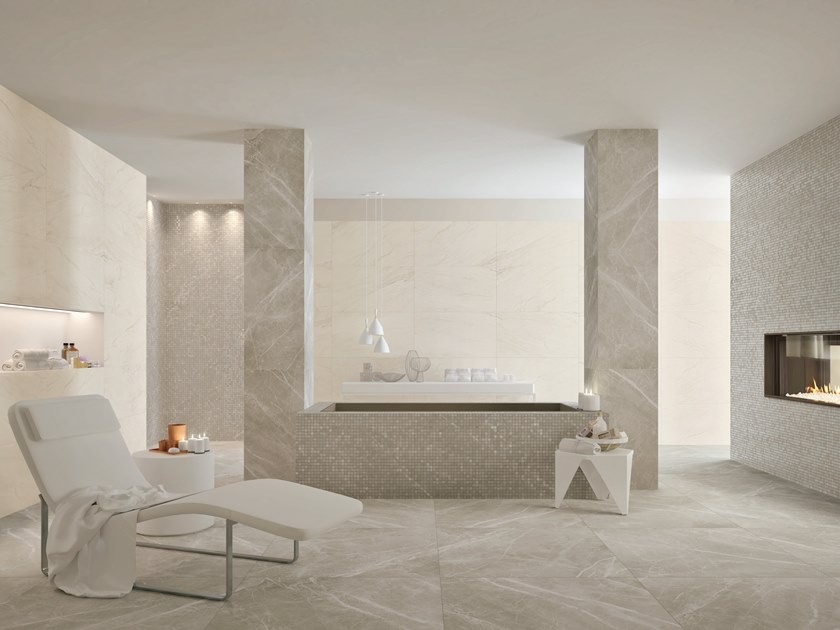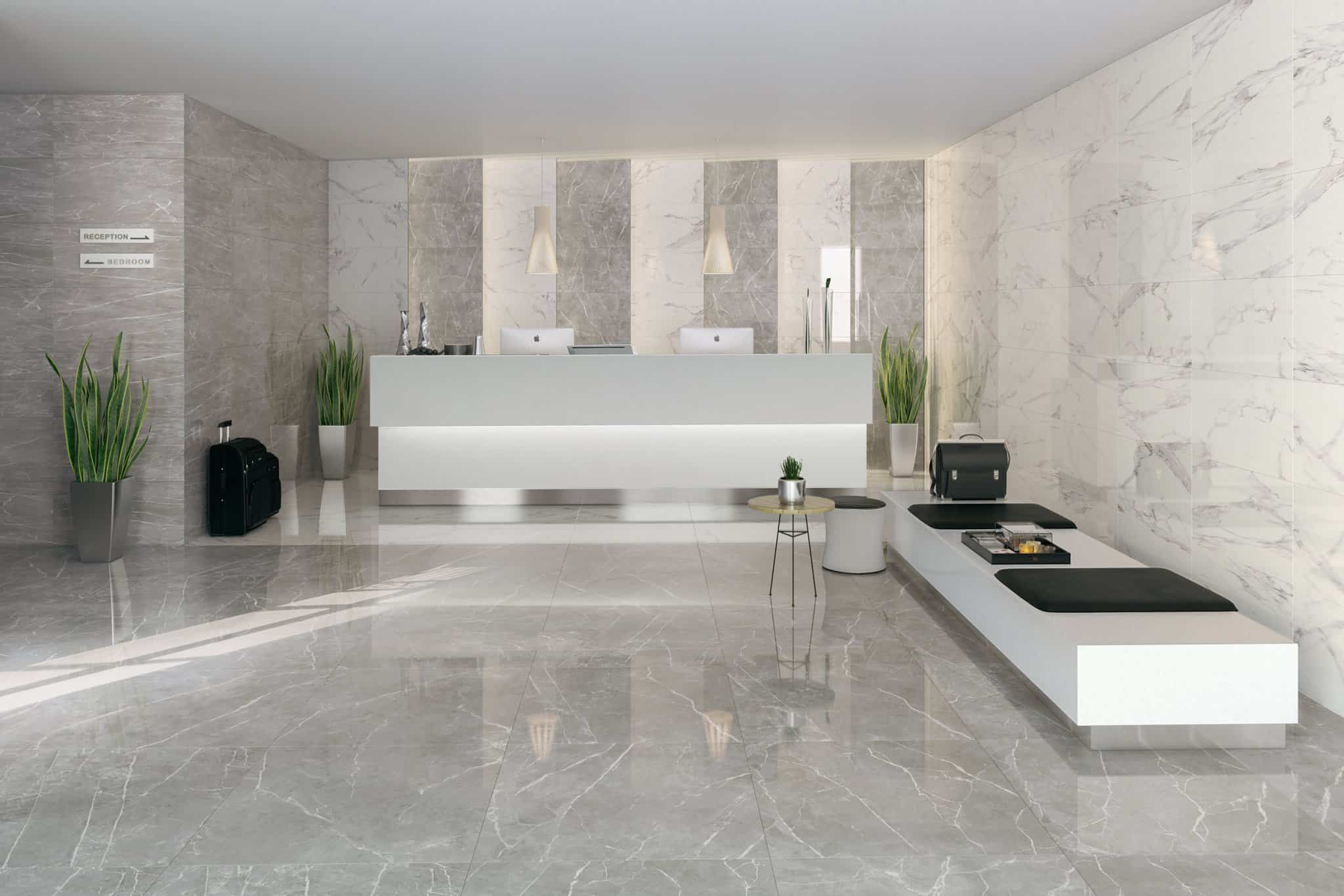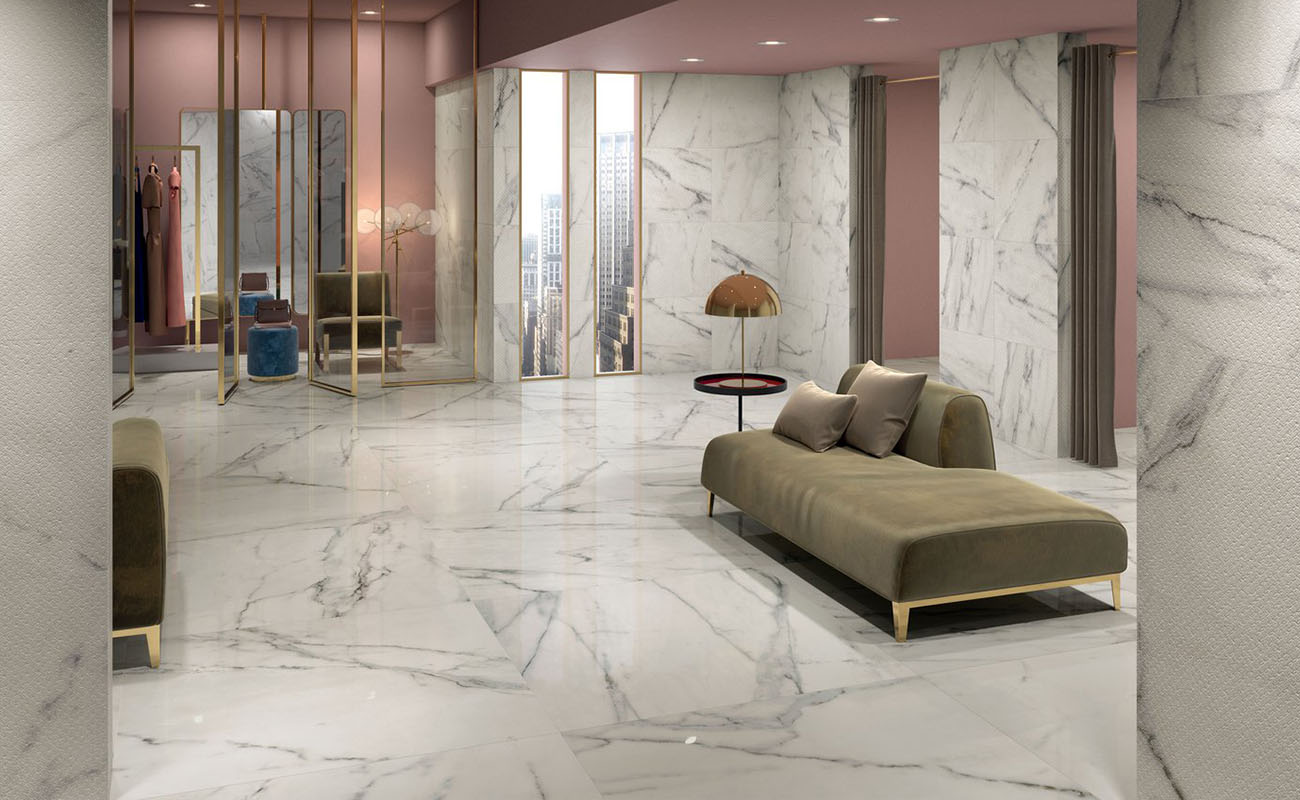The Porcelain Industry in Iran: Challenges and Golden Opportunities
The porcelain industry in Iran has a rich history that dates back centuries, with the country being renowned for its exquisite ceramics and tiles. Today, Iran stands as one of the leading producers of porcelain tiles globally, exporting its products to numerous countries across the Middle East, Europe, Asia, and beyond. Despite its significant achievements, the Iranian porcelain industry faces a myriad of challenges, ranging from economic sanctions to technological limitations. However, these challenges are accompanied by immense opportunities for growth, innovation, and global competitiveness. This article explores the current state of the porcelain industry in Iran, delving into its historical roots, key challenges, and golden opportunities for the future.

-
Historical Background and Evolution
Iran’s connection to ceramics and porcelain dates back thousands of years, with ancient Persian pottery and tilework showcasing intricate designs and unparalleled craftsmanship. The Safavid era (16th–18th centuries) marked a golden age for Iranian ceramics, particularly in cities like Isfahan and Kashan, where artisans created masterpieces adorned with vibrant colors and geometric patterns. These traditions laid the foundation for modern porcelain production in Iran.
In the 20th century, Iran began industrializing its ceramic and porcelain manufacturing processes. The establishment of modern factories in the 1970s and 1980s marked a turning point, enabling the country to produce high-quality porcelain tiles on a large scale. Over the decades, Iran has developed a robust porcelain industry, leveraging its abundant natural resources, skilled workforce, and strategic geographic location.
Today, Iran is among the top five producers of porcelain tiles worldwide, with an annual production capacity exceeding 400 million square meters. The industry plays a vital role in the country’s economy, contributing to employment, exports, and technological advancement.
-
Key Challenges Facing the Iranian Porcelain Industry
Despite its achievements, the Iranian porcelain industry grapples with several significant challenges that hinder its full potential. These challenges can be categorized into economic, technological, environmental, and market-related issues.
- Economic Sanctions and Trade Restrictions
One of the most pressing challenges facing the Iranian porcelain industry is the impact of international economic sanctions. These sanctions have severely restricted Iran’s access to global financial systems, foreign investments, and advanced technologies. As a result:
Exporting porcelain tiles to major markets such as Europe and North America has become increasingly difficult.
Limited access to raw materials and machinery has increased production costs.
Fluctuations in currency exchange rates have further exacerbated financial instability within the industry.
- Technological Limitations
While Iran has made significant strides in porcelain production, it still lags behind leading global competitors in terms of advanced technology. Many Iranian factories rely on outdated equipment and processes, which affect product quality and efficiency. Key areas requiring improvement include:
Automation and digitalization of production lines.
Research and development (R&D) capabilities to innovate new designs and finishes.
Adoption of sustainable manufacturing practices to reduce energy consumption and waste.
- Environmental Concerns
The porcelain manufacturing process is inherently energy-intensive and generates significant carbon emissions. In recent years, growing awareness of climate change and environmental sustainability has placed pressure on industries worldwide to adopt greener practices. Iranian porcelain manufacturers face challenges in this regard due to:
Limited investment in eco-friendly technologies.
Lack of stringent environmental regulations compared to international standards.
High reliance on fossil fuels for energy, which contributes to pollution.
- Market Competition
The global porcelain tile market is highly competitive, with countries like China, Italy, Spain, and Turkey dominating the industry. Iranian manufacturers must contend with:
Lower-priced products from China, which often flood international markets.
Established brands from Europe known for their superior quality and design.
Emerging producers in neighboring countries offering competitive pricing and innovative designs.
Additionally, domestic competition within Iran has intensified as more companies enter the market, leading to price wars and reduced profit margins.
-
Golden Opportunities for Growth

Despite the challenges outlined above, the Iranian porcelain industry is poised to capitalize on numerous opportunities that could drive its growth and enhance its global standing.
- Strategic Geographic Location
Iran’s position at the crossroads of Asia, Europe, and the Middle East provides a unique advantage for accessing diverse markets. With the expansion of trade corridors such as the International North-South Transport Corridor (INSTC), Iranian porcelain manufacturers can tap into lucrative markets in Central Asia, Eastern Europe, and Africa. Furthermore, proximity to Gulf Cooperation Council (GCC) countries offers immense potential for exports, given the region’s booming construction sector.
- Rich Natural Resources
Iran boasts abundant reserves of raw materials essential for porcelain production, including kaolin, feldspar, quartz, and clay. This self-sufficiency reduces dependency on imports and lowers production costs. Additionally, Iran’s vast gas reserves can be harnessed to power manufacturing facilities, making energy costs more affordable compared to many competitors.
- Skilled Workforce
Iran is home to a highly educated and skilled workforce, particularly in engineering and technical fields. By investing in training programs and fostering collaboration between academia and industry, Iranian manufacturers can develop cutting-edge solutions and improve overall productivity.
- Growing Demand for Sustainable Products
As global consumers increasingly prioritize sustainability, there is a growing demand for eco-friendly building materials. Iranian manufacturers can seize this opportunity by adopting green technologies, such as recycling waste materials, reducing water usage, and implementing renewable energy sources. Certifications like LEED (Leadership in Energy and Environmental Design) can enhance the appeal of Iranian porcelain tiles in international markets.
- Cultural Heritage and Design Innovation
Iran’s rich cultural heritage offers a wealth of inspiration for unique and authentic designs. By incorporating traditional Persian motifs, patterns, and colors into modern porcelain tiles, Iranian manufacturers can differentiate their products in a crowded marketplace. Collaborations with local artists and designers can also lead to innovative collections that resonate with both domestic and international audiences.
- Government Support and Investment
The Iranian government has recognized the importance of the porcelain industry to the national economy and has taken steps to support its growth. Initiatives include:
Providing subsidies for research and development.
Encouraging private sector investment in the industry.
Facilitating participation in international trade fairs and exhibitions to promote Iranian products.
Increased collaboration between the public and private sectors could unlock additional funding and resources to address existing challenges.
-
Strategies for Success
To overcome challenges and fully leverage opportunities, the Iranian porcelain industry must adopt a multifaceted approach:
- Embrace Digital Transformation
Investing in automation, artificial intelligence (AI), and data analytics can streamline production processes, reduce costs, and improve product quality. Implementing smart factory solutions will enable Iranian manufacturers to compete with global leaders.
- Enhance Branding and Marketing Efforts
Building strong brands and enhancing marketing strategies are crucial for expanding market share. Iranian companies should focus on creating compelling narratives around their products, emphasizing factors such as quality, sustainability, and cultural authenticity.
- Strengthen International Partnerships
Collaborating with international firms and organizations can provide access to advanced technologies, expertise, and distribution networks. Joint ventures and licensing agreements can help Iranian manufacturers penetrate new markets and stay ahead of trends.
- Focus on R&D and Innovation
Continuous investment in R&D is essential for developing new products, improving existing ones, and staying competitive. Exploring niche markets, such as antibacterial tiles or customizable designs, can open up new revenue streams.
- Address Environmental Concerns
Adopting sustainable practices not only aligns with global trends but also enhances the reputation of Iranian porcelain tiles. Investing in cleaner technologies and obtaining certifications related to environmental performance can attract environmentally conscious buyers.

-
Conclusion
The Iranian porcelain industry stands at a critical juncture, balancing significant challenges with unprecedented opportunities. While economic sanctions, technological limitations, and intense competition pose obstacles, the industry’s strengths—such as its strategic location, abundant resources, skilled workforce, and rich cultural heritage—provide a solid foundation for growth.
By embracing innovation, sustainability, and strategic partnerships, Iranian porcelain manufacturers can overcome current hurdles and position themselves as global leaders in the industry. The road ahead may be challenging, but with determination and vision, Iran’s porcelain industry has the potential to shine brighter than ever before, transforming challenges into golden opportunities for success.
قیمت های موجود در سایت تاریخ بروزرسانی آن ها ذکر شده و قیمت نهایی محصولات نمی باشند. لطفا جهت ثبت سفارش و استعلام قیمت بروز با کارشناسان ما در ارتباط باشید.
(035-3357)